The Intel Xeon Gold 6226R represents an enormous discount. In our testing, we found this 2nd Gen Intel Xeon Scalable “Refresh” CPU offers slightly more performance at around a 50% discount to its pre-refresh sibling which shows just how much Intel has increased its performance per dollar with the 2020 CPU releases. This is a huge deal for those who are in the market for per-core performance.
Key stats for the Intel Xeon Gold 6226R: 16 cores / 32 threads with a 2.9GHz base clock and 3.9GHz turbo boost. There is 22MB of onboard cache. The CPU features a 150W TDP. These are $1300 list price parts. Here is the ARK page with the feature set.
Here is the lscpu output for the Intel Xeon Gold 6226R:
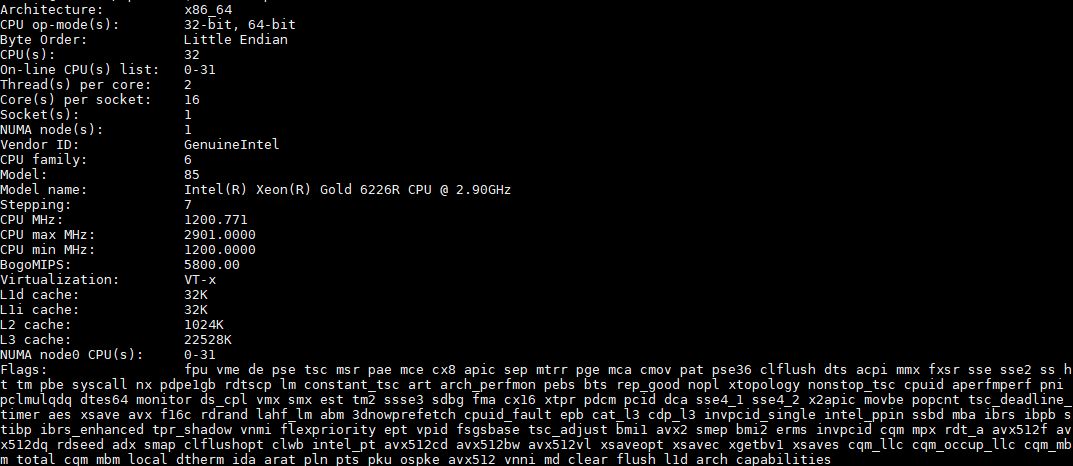
If you look at the new Intel Xeon Gold 6226R the specs may immediately jump out at you. This is a chip that is extremely similar in specs to the Intel Xeon Gold 6242 at launch. One trades quad-socket capabilities for a $1,229 list price reduction virtually halving the price of this 16-core performance level.
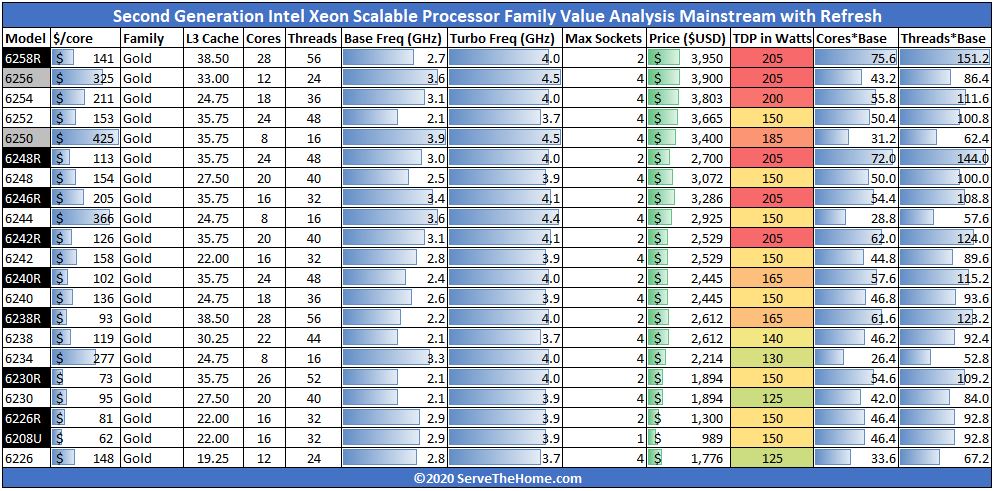
As we discussed in our Big 2nd Gen Intel Xeon Scalable Refresh Brings Competition Anew piece, many SKUs saw a substantial increase in power consumption at a given level. We saw this, for example, in our Intel Xeon Gold 6248R Benchmarks and Review.
For anyone that previously used the Intel Xeon Gold 6242 in a dual-socket configuration, we think this is a better option unless you either want more performance with the Xeon Gold 6246R at around $2000 more or you want single socket with the Gold 6208U at $311 less.

16 cores is an important number in the industry. Microsoft Windows Server 2019 Standard and Datacenter are licensed by 16-core packs. For Microsoft Windows Server deployments, many admins focus on 16-core CPUs in order to keep licensing costs down. A Windows Server 2019 Datacenter license, the version most will use if handling many virtual machines, has a list price (pre-discount) of $6,155 per 16 core license. Even with discounts, a higher clock speed 16 core CPU becomes more desirable than a 20 core lower clock speed CPU. Windows Server 2019 is just one application.
As we covered in Licenseageddon Rages as VMware Overhauls Per-Socket Licensing VMware, one of the last per-socket license holdouts, has moved to a core per-socket licensing model. This will be the common model in the industry in the near future. Intel knows this and designs chips specifically for large segments of the market that focus on per-core licensing. The Intel Xeon Gold 6226R is specially designed for these markets.
Test Configuration
We are using a testbed that is designed for the higher-205W TDPs that some of the new refresh parts can hit, specifically the Supermicro SYS-2029UZ-TN20R25M or “2029UZ-TN20R25M” server. We published our Supermicro 2029UZ-TN20R25M Review recently if you want an in-depth look at the machine.
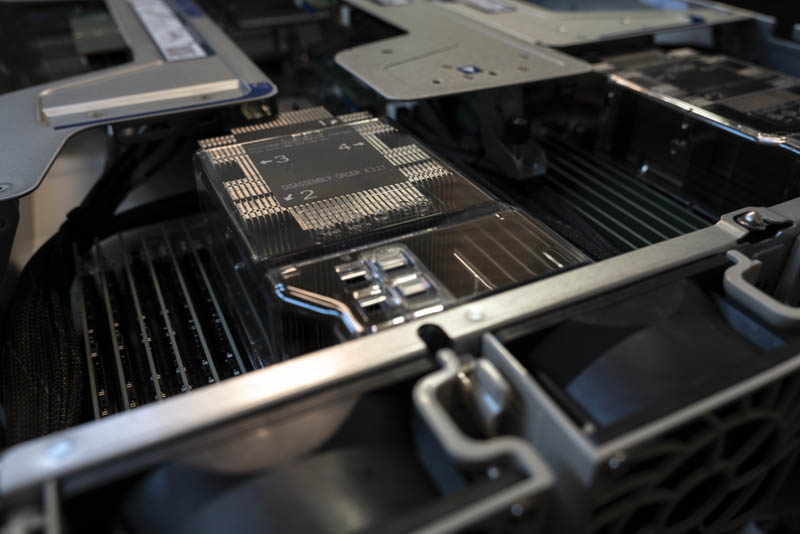
The Supermicro 2029UZ-TN20R25M is a 2U dual-socket server that is part of the company’s “Ultra” line meant to compete in the higher-end of the server market. We requested this server specifically because it has 20x NVMe SSD bays, it supports Intel Optane DCPMM, and it has built-in 25GbE. 25GbE is a major networking trend and we have already started doing overviews of 25GbE TOR switches such as the Ubiquiti UniFi USW-Leaf 48x 25GbE and 6x 100GbE switch overview and the Edgecore AS7712-32X Switch Overview. We have done adapter reviews such as the Supermicro AOC-S25G-i2S, Dell EMC 4GMN7 Broadcom 57404, and the Mellanox ConnectX-4 Lx. We also have more 100GbE switch reviews in the publishing queue so we wanted to start focusing on the new systems.
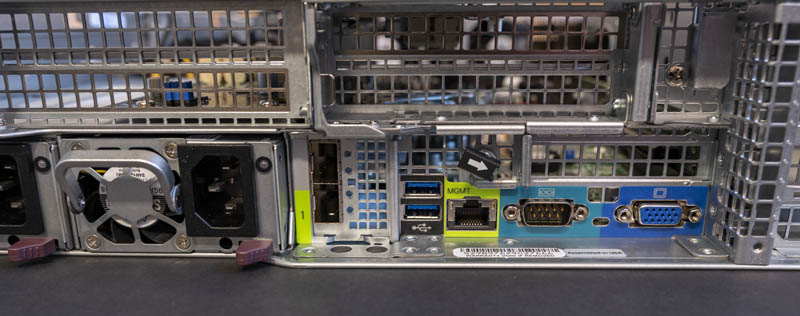
This Supermicro 2029UZ-TN20R25M platform is significant for another reason. It supports 205W TDP CPUs. That is a feature not every dual Xeon server has. For this reason, we wanted to use the Supermicro 2029UZ-TN20R25M which is a higher-end platform capable of handling this range of refresh CPUs.
- System: Supermicro 2029UZ-TN20R25M
- Memory: 12x 32GB DDR4-2933 DDR4 DRAM
- OS SSD: 1x Intel DC S3710 400GB Boot
- NVMe SSDs: 4x Intel DC P4510 2TB
Overall, this is is a fairly simple configuration but we are focused on CPU performance here. We are taking a further step and we tested these CPUs both in single and dual-socket configurations, so we will have some results of both views. The Supermicro Ultra server we are using we recommend using only in dual-socket configurations, however, we thought this would be a good way to spice the review up.
Next, it is time to get to our benchmarks.

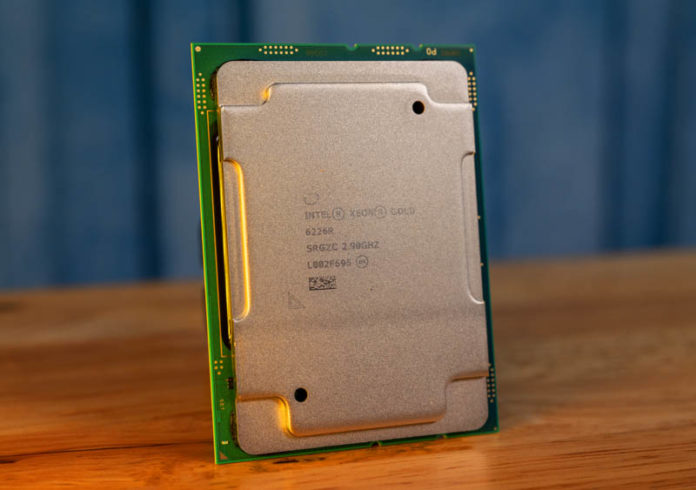
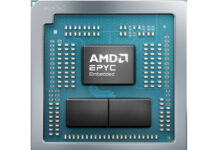

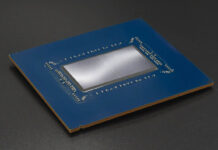
Thank god for AMD. I wonder how Intel’s Humble Pie tastes?
How much of that perrfomance will be left after latest security patches ?
And how long will it last until next round of patches ? Few weeks maybe ?
Great write up and review. With so many Intel SKU’s available the segment had become muddy and difficult to navigate. The 1-way SMP and 2-way SMP is very difficult to determine from the SKU, so be careful not to buy 2 1-way SMP’s thinking they will work in a 2-way motherboard…The value per core is fantastic, and stays under the per core licensing keeping TCO down in a DC. Maybe gen 3 will push the 4ghz limits on a higher TDW – here’s hoping. Just ordered one can’t wait to test this in an hyper-v role with 30 VM’s this is going to be fun, especially coming from dual X5690’s!!